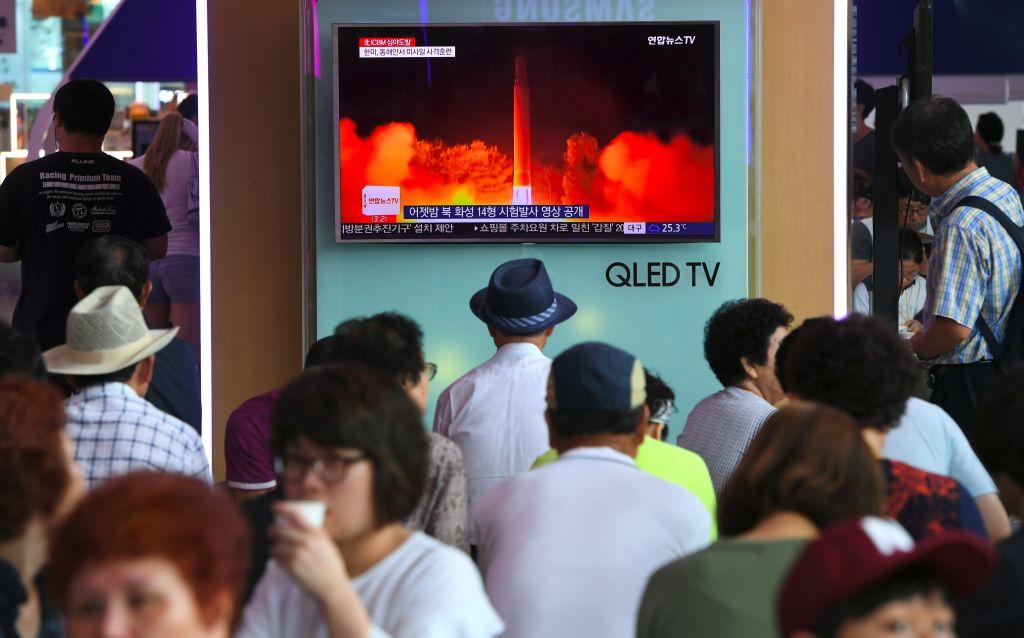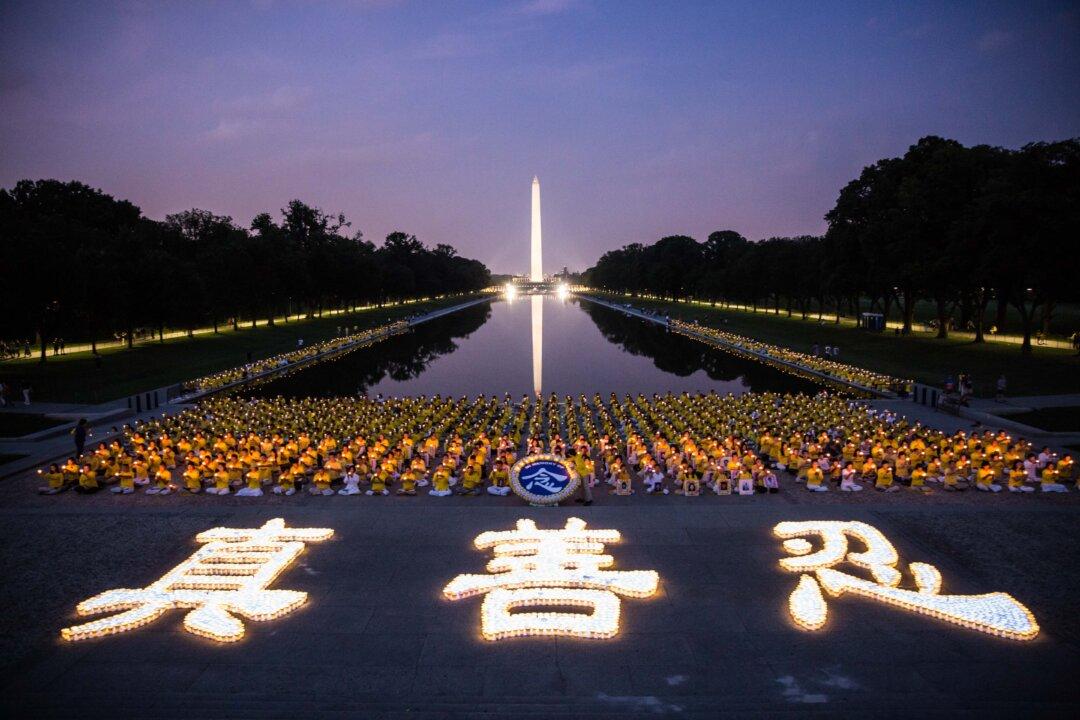From tent encampments to pavement sit-ins, pro-democracy protesters are still occupying the streets of Hong Kong at the two-month mark.
The second month anniversary of the Umbrella Movement on Friday, Nov. 28 passed with little fanfare from the protesters. With nothing to show for after more than 60 days of demonstrations, except the loss of a major protest site in Mong Kok over the past two days, and with the occupation slowly losing public support, it is no wonder the protesters are not in a celebratory mood.
However, the protesters are not ready to concede defeat, despite having seen prominent student leaders, members of the pro-democracy camp, and even journalists beaten and arrested during the clearing of Mong Kok.
Tempting police batons, riot shields, and new pepper spray cannons, protesters gathered off the street but on sidewalks of Sai Yeung Choi Street, a popular commercial neighborhood, on Thursday. Then they slowly began spilling out into the streets again in the thousands on Friday night.
Their reason for being there? Shopping.
Packing the sidewalks and streets, the crowds repeatedly chanted “Gou Wu,” which in Mandarin Chinese means “shopping,” or “I want to shop” in Cantonese, the Chinese dialect spoken in Hong Kong. Protesters were also seen adopting the three-finger salute from the film “The Hunger Games,” the trailer for which repeatedly played on a big screen above a movie theater on Sai Yeung Choi Street. Cries of “I want true universal suffrage” occasionally rang out.
The police don’t have a good response ready because the people claim they are only there on Chief Executive Leung Chun-ying’s orders. Hong Kong’s hugely unpopular top leader had said in a press conference that people should go shopping in Mong Kok after the clearing to boost businesses that have supposedly been affected by the occupation near the area.
Meanwhile, the Hong Kong Federation of Students, a leading student group in the movement, is planning to escalate the protests by targeting government buildings next.
Two months in, the Umbrella Movement is far from finished.
*******
New to the Hong Kong protests? Here’s a brief FAQ:
Why the protests?
The Occupy movement is a response to Beijing withholding democratic reform as laid out in the Basic Law, Hong Kong’s mini-constitution, earlier this year.
Pro-democracy supporters in the semi-autonomous city are demanding the right to choose their own leaders via universal suffrage by the 2017 Hong Kong Chief Executive elections.
Presently, the Chinese communist regime in Beijing handpicks two or three candidates for a small pro-Beijing election committee to select.
Protesters are also demanding that incumbent Chief Executive Leung Chun-ying, who only secured 689 out of 1,200 votes, step down.
What is the authorities’ response?
The Hong Kong government, which is following Beijing’s lead on the issue of democratic reform in the region, is against the protests.
The Chinese regime says that the protests are illegal. Chinese leader Xi Jinping has indicated that China won’t step in on Leung’s behalf to quell the protests.
Who are the protesters?
Most of the protesters are students. There are also members of civil society groups like Occupy Central with Love and Peace (OCLP).
Scholarism convener Joshua Wong and the Hong Kong Federation of Students’ secretary general Alex Chow and deputy secretary general Lester Shum have emerged as prominent voices in the protests, but the movement on the whole is leaderless.
Pan-democratic legislators like Labour Party’s Fernando Cheung and “Long Hair” Leung Kwok-hung are often spotted at protest sites, particularly during protester confrontations with the authorities, to observe and mediate.
Presently, protesters are occupying parts of Admiralty and Causeway Bay on Hong Kong Island.
Is there support from the general public?
At its peak, the Occupy movement drew tens of thousands of supporters, but the numbers have dwindled as time dragged on.
Polls and surveys conducted by universities in Hong Kong towards the end of October and in early November indicate that the public wants the occupation to end.
However, the data gathered also shows that the public still supports the Umbrella Movement and its goals.
Professor Leo K. Shin from the University of British Columbia notes that the surveys suggest Hong Kong citizens disagree with the “tactics, not the goals, of the protest.”
When will it end?
Impossible to call at this point.
Every time the authorities appear to gain ground, protesters come up with innovative ways to remain in the streets. The recent “Shopping Revolution” as explained before the FAQ section is one good example.




